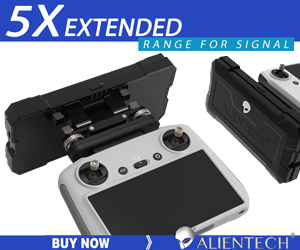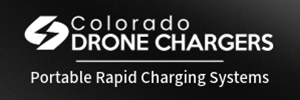Dear all,
Question 1 : I have bought a Mavic 2 Zoom a few days ago, and have made some test flights. After i made some stills, i compare these pictures with some stills from the DJI Spark.
The shots of the Mavic 2 disappointed me very, very much. The Spark looks much more sharper. Can someone told me the same?
When select super resolution, the picture is more sharper than stock.
I use auto focus and auto setup for camera.
Question 2 : Yesterday i got some "attitude too large" errors on my screen. The sensors were disabled. Yes,there was a little windy but is this the reason for the error?
Question 3:
My mavic 2 is now on ce mode. Is it possible to change to fcc and does this really make a difference like it did on mavic1/Spark?
Thankyou very much!!
Question 1 : I have bought a Mavic 2 Zoom a few days ago, and have made some test flights. After i made some stills, i compare these pictures with some stills from the DJI Spark.
The shots of the Mavic 2 disappointed me very, very much. The Spark looks much more sharper. Can someone told me the same?
When select super resolution, the picture is more sharper than stock.
I use auto focus and auto setup for camera.
Question 2 : Yesterday i got some "attitude too large" errors on my screen. The sensors were disabled. Yes,there was a little windy but is this the reason for the error?
Question 3:
My mavic 2 is now on ce mode. Is it possible to change to fcc and does this really make a difference like it did on mavic1/Spark?
Thankyou very much!!
Last edited:



![vpavic_180905_untitled_0001[1].jpg vpavic_180905_untitled_0001[1].jpg](https://mavicpilots.com/data/attachments/69/69859-ccc1fd54b45232589cb5fff81b58ba46.jpg?hash=zMH9VLRSMl)








